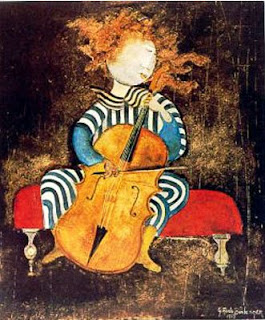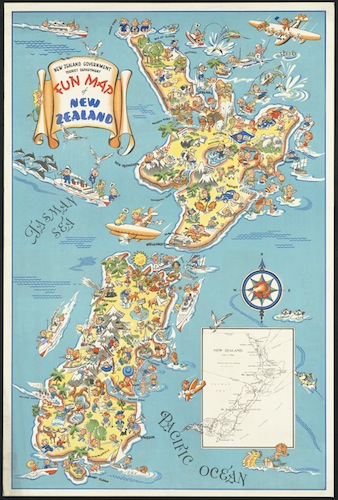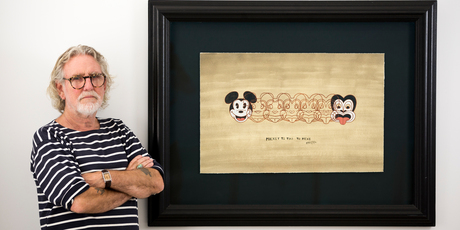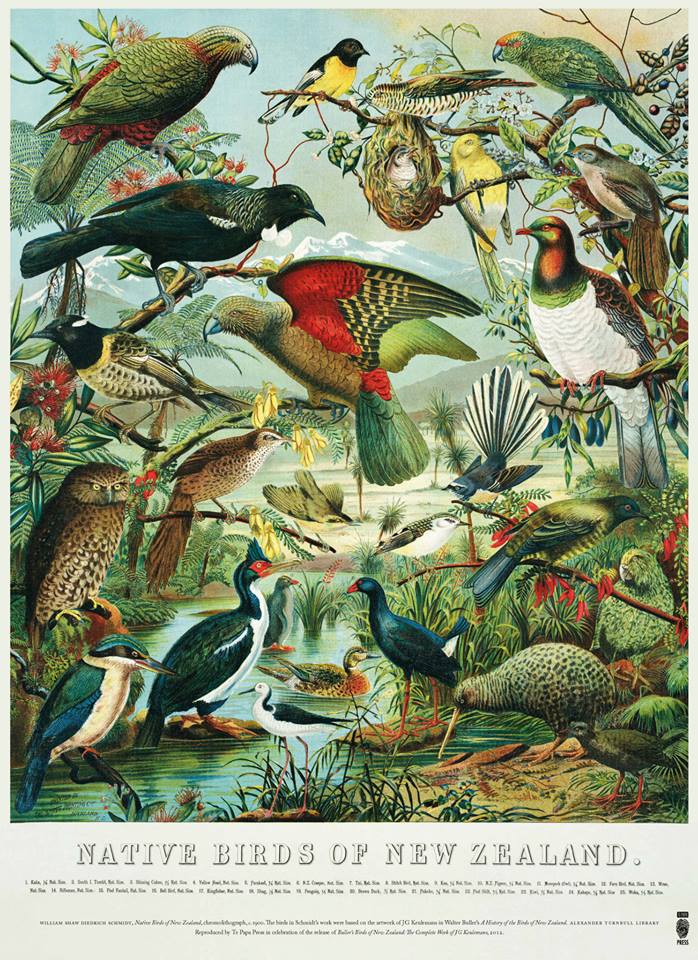 |
| Charles Heaphy's Wellington, lithograph by Thomas Allom |
International Art Centre's impending sale of "The John Leech Collection" (February 27 2013) contains a treasure trove of artworks from the stockroom of Auckland's oldest dealer gallery. Among the lots on offer are a fine selection of early NZ prints, including lots 141-143, a set of Charles Heaphy's prints of Wellington and Nelson. These prints feel like part of this writer's family, I have in front of me a newspaper article featuring my mother (Enid) in her late twenties where she is pictured holding one of the Heaphy lithographs of Wellington from the Alexander Turnball library (similar to the one illustrating this post) and the project that resulted in the publication of Tony Murray-Oliver's enormous book of Heaphy's watercolours loomed large in my childhood (it didn't go smoothly). Both Don and Enid delighted in teaching us kids to spot differences both between Heaphy's original watercolours and the lithographs by Thomas Allom and the more subtle changes that occurred between editions of this set of prints. This demonstrated to us the way the New Zealand Company sought to project a certain image of NZ to potential immigrants which we found fascinating, not viewing this embellishment as propaganda but as marketing! So as soon as I spotted the set for sale in International Art Centre's catalogue I resolved to tell the story of this famous set of NZ prints (and for potential bidders at the sale - how to tell them apart).
Charles Heaphy
 |
| Artist - Charles Heaphy |
Heaphy returned to New Zealand in 1843, and took up land near Nelson, but farming soon took second place to his passion for exploration. In February 1846, with Fox (later Sir William Fox) and a Maori guide, Kehu, he explored part way down the Buller River. The following month, with Brunner, Heaphy began a trip down the West Coast which lasted for five months, and which ranks as an epic in the history of New Zealand exploration. On his return from this expedition, Heaphy was again employed as a surveyor in Nelson until May, 1848, when Governor Grey appointed him draughtsman at the Auckland Survey Office. The next four years were spent in general survey work, but with the discovery of gold Heaphy was appointed Commissioner of the Goldfields in 1852. The next year he was appointed District Surveyor by the Auckland Provincial Council, and received promotion to Provincial Surveyor in September 1856. During the New Zealand Wars of the next decade Heaphy played a conspicuous part; a member of the Auckland Rifle Volunteers, he was commissioned as a Lieutenant and rose to the rank of Major. Heaphy won his Victoria Cross at the battle of Rangiriri, becoming the first colonial soldier and the first volunteer so honoured. After the Waikato War Heaphy's duties included a year surveying the land confiscated from the Maoris, before he was reappointed Provincial Surveyor. He now entered political life, representing Parnell (Auckland) in the House of Representatives from 1867 to 1869, and, after his retirement from the House, taking up the position of Commissioner of Native Reserves. In 1878 Heaphy was appointed a Government Insurance Commissioner and Judge of the Native Land Court, but he resigned all his positions in June 1881, and left New Zealand for retirement in Brisbane, where he died on 3rd August the same year.
The Wellington & Nelson Lithographs
 |
| Lithographer - Thomas Allom |
The most exhaustive examination of their background was published by Tony Murray-Oliver in the Turnbull Library Record, October 1971. All four views were advertised, available either tinted or coloured, as published by Smith, Elder and Company. However, they seem to have actually published only two of the four (Part of Lambton Harbour and Mount Egmont), the other two (View of a part of the town of Wellington and View of Nelson Haven) being published by Trelawny Saunders and also issued without a publication line at all, apparently from the same stones. At some later date (possibly 1891 as the fiftieth anniversary of the first edition) the pair of Wellington views and the Nelson print were redrawn and reissued. It is possible that the Egmont view was also redrawn, but no examples have been seen. Another issue of Part of Lambton Harbour is known, published possibly about 1940 (the centenary of the Treaty of Waitangi would seem a likely occasion on which to reissue the print.) It is on modern paper, with very fresh colours, and is from the 1891 Smith Elder redrawing. According to "Early Prints of New Zealand" in November 1970 the Alexander Turnbull Library purchased a set of the two Wellington and the Nelson view which would seem to have been a deliberate forgery. From the 1891 redrawn set, the prints are not only vividly coloured, but printed on very heavy modern paper, showing platemarks and signs of offsetting of titles — extremely unlikely on genuine lithographs, to say the least!
Whilst all these issues do not necessarily make the redrawn prints less valuable, collectors would be well advised to examine the Heaphy lithographs on offer very closely before buying from the sale at International Art Centre.
Differences between the prints
The two Wellington and the Nelson views all have several differences between original and re-drawn issues. The quickest to check are: Part of Lambton Harbour — original issue, the standing Maori at the right holds a spear with feathers near tip; redrawn version the feathers are replaced by a circle like a collar. Part of the Town of Wellington — original issue, the house on the beach, second to the left from Willis Street, has four windows; redrawn version has only three. View of Nelson Haven — original issue has very indistinct "sunbeams"; redrawn version has marked light area. Although obviously not the coloured prints in the upcoming auction The Part of Lambton Harbour view was also engraved, and lithographed in black and white in reduced form, for use as book illustration, (300), and in addition appeared in the Illustrated London News.
The Alexander Turnbull Library issued photolithographic reproductions of three of the original Heaphy watercolour drawings in 1963. Limited to a hand-numbered edition of 1500 sets of the two Wellington and the Nelson view, and issued at one guinea a print, the edition sold out within six weeks. This is the set commonly known as the "Queen's Prints"; they were issued to mark the opening by H.M. the Queen of New Zealand House in London. Avon Fine Prints reproduced the lithographs, as a comparison with the Turnbull Library watercolours: the Wellington and Nelson views in 1971 in editions limited to 2000 copies, and the Egmont view in 1975 in an edition limited to 1000 copies.






























